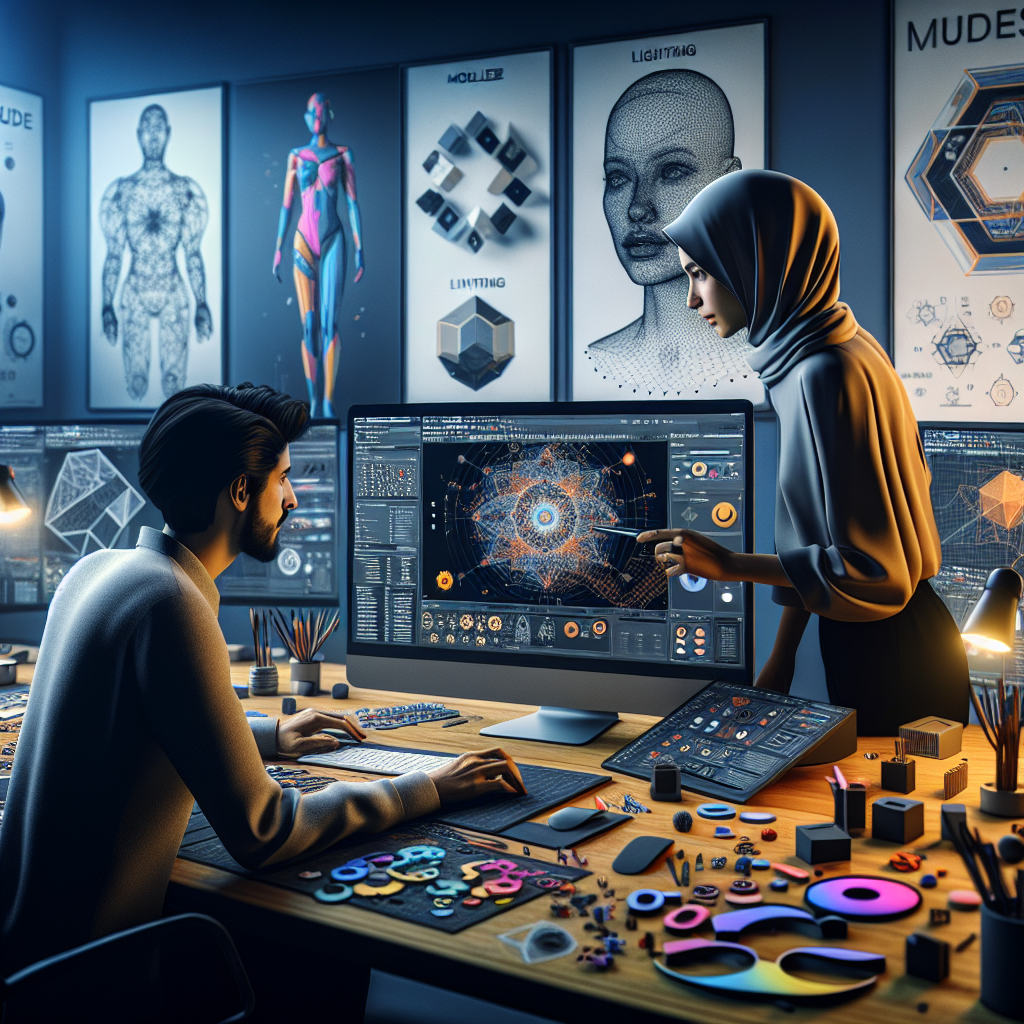Your cart is currently empty!
Mastering the Basics of Autodesk Maya 2025: A Comprehensive Tutorial

Autodesk Maya is a powerful 3D modeling, animation, and rendering software used by professionals in the film, television, and gaming industries. Mastering the basics of Autodesk Maya is essential for anyone looking to pursue a career in 3D design and animation. In this comprehensive tutorial, we will cover the essential tools and techniques you need to know to get started with Maya 2025.
Getting Started with Maya
When you first open Autodesk Maya, you will be greeted with a complex interface that may seem overwhelming at first. However, with a little practice, you will quickly become familiar with the layout and tools. The main components of the Maya interface include the viewport, where you can view and interact with your 3D scene, the shelves, which contain commonly used tools and commands, and the menus, where you can access more advanced features and settings.
Creating and Manipulating Objects
To create a new object in Maya, simply click on the Create menu and select the type of object you want to create, such as a cube, sphere, or cylinder. Once you have created an object, you can manipulate it using the Move, Rotate, and Scale tools. These tools allow you to position and orient objects in your scene with precision.
Modeling Techniques
In Maya, there are several different modeling techniques you can use to create complex 3D shapes. Some of the most common modeling tools include Extrude, Bevel, and Bridge, which allow you to add detail and complexity to your models. You can also use the Sculpting tools to manipulate the geometry of your objects in a more organic way.
Animation and Rigging
One of the key features of Autodesk Maya is its powerful animation and rigging tools. With Maya, you can create realistic character animations by rigging your models with skeletons and controlling their movement with keyframes. The Animation and Rigging menus contain a wide range of tools and options for creating complex character animations.
Rendering and Lighting
Once you have created your 3D scene in Maya, you can use the Render menu to generate high-quality images and animations. Maya’s rendering engine allows you to apply realistic lighting and materials to your scene, creating stunning visual effects. You can also use the Hypershade editor to create custom shaders and textures for your objects.
Conclusion
Mastering the basics of Autodesk Maya is a crucial step for anyone looking to pursue a career in 3D design and animation. By familiarizing yourself with the interface, tools, and techniques covered in this tutorial, you will be well on your way to creating professional-quality 3D models and animations. With practice and dedication, you can unlock the full potential of Autodesk Maya and take your 3D projects to the next level.

Leave a Reply